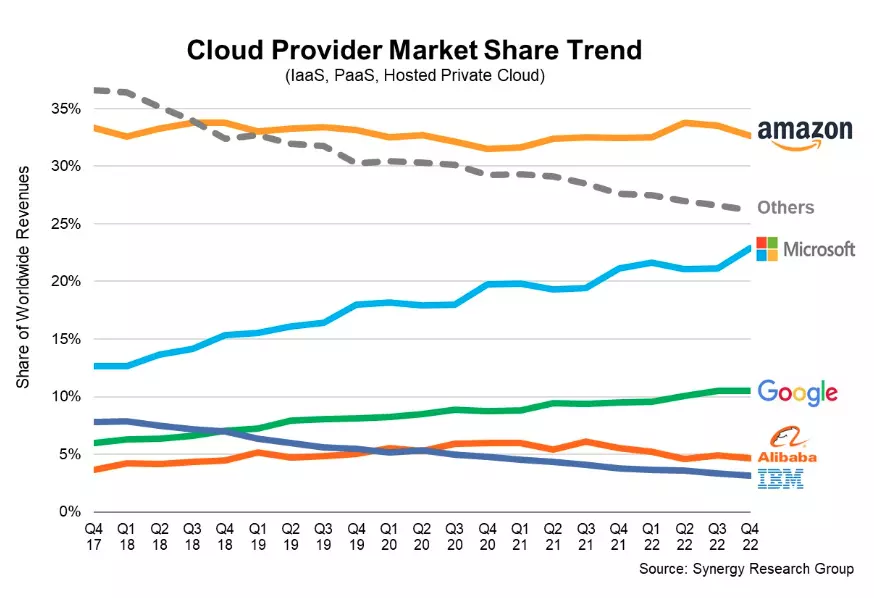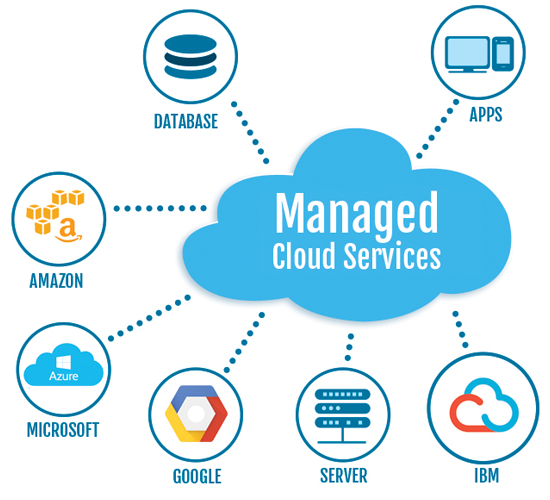Most Recent Cloud Services Press Release: Technologies and Sector Updates
Wiki Article
Achieve Seamless Scalability With Cloud Services
In the ever-evolving landscape of cloud services, accomplishing seamless scalability stands as a foundation for modern organizations seeking to remain affordable and versatile. The mission for smooth scalability with cloud solutions reveals a globe of possibilities for those ready to embrace the transformative power of dynamic resource monitoring.Advantages of Cloud Scalability
Cloud scalability provides companies the adaptability to dynamically readjust sources based on demand, making sure optimum efficiency and expense effectiveness. One essential advantage is the capacity to range resources up or down rapidly in action to changing work. This agility enables services to fulfill transforming client requirements without over-provisioning sources, inevitably causing set you back savings. Scalability likewise improves efficiency by guaranteeing that systems can manage increased traffic or workload without experiencing downtime or slowdowns. By efficiently allocating resources, organizations can keep high levels of performance throughout peak times without unneeded expenditures during quieter periods. Additionally, cloud scalability advertises development and testing by allowing companies to easily test originalities and scale them as needed. This flexibility urges a society of continuous enhancement and adaptation, enabling companies to remain competitive in a quickly progressing market landscape. Eventually, the benefits of cloud scalability expand beyond expense savings to incorporate enhanced efficiency, agility, and innovation.Key Features for Scaling
Effective scaling in cloud services counts on crucial attributes that enable companies to readjust resources dynamically based upon need. One vital function for scaling is flexibility, permitting sources to scale up or down in response to fluctuating work. This guarantees that companies can meet efficiency demands without over-provisioning resources. Another key attribute is scalability, enabling systems to deal with boosted work by including resources effortlessly. This function is vital for accommodating development without compromising performance. Additionally, automation plays an important function in scaling by automating the provisioning and de-provisioning of sources based upon predefined plans. Automation reduces human intervention, enhances performance, and makes sure fast action to changing needs. Tracking and analytics tools are also crucial for scaling, offering understandings into source utilization, efficiency metrics, and prospective bottlenecks. These tools make it possible for organizations to maximize and make educated decisions source appropriation for reliable scaling. In general, these key functions jointly empower companies to accomplish seamless scalability in cloud services.Applying Auto-Scaling Methods
To successfully enhance resource appropriation and adapt to differing work, companies should strategically implement auto-scaling methods in their cloud services facilities. Auto-scaling allows systems to immediately change the number of compute resources based upon real-time need. There are numerous auto-scaling approaches that companies can use, such as anticipating scaling, which makes use of historic information to forecast future resource demands, and responsive scaling, which replies to present workload modifications.
Ideal Practices for Scalability
For organizations intending to enhance their scalability in cloud services, applying ideal techniques is critical for ideal performance and source management. One key ideal practice is designing applications with a microservices design. This technique breaks down applications into smaller sized, independent services that can be released, upgraded, and scaled independently, enabling for better versatility and scalability.Another crucial practice is utilizing containerization modern technology, such as Docker or Kubernetes. Containers allow the packaging of applications and their dependencies into isolated units, making it simpler to scale parts separately and release them consistently throughout different atmospheres.
Additionally, executing automated release and facilities as code (IaC) can streamline scalability efforts (linkdaddy cloud services). Automation devices like Terraform or Ansible aid in provisioning and taking care of resources efficiently, reducing hands-on mistakes and allowing quick scalability
Moreover, keeping an eye on performance metrics, linkdaddy cloud services establishing notifies, and carrying out normal capacity preparation are important techniques to make certain proactive scalability monitoring. By adhering to these ideal techniques, organizations can attain seamless scalability in their cloud solutions while maximizing performance and resource use.
Surveillance Performance Metrics
When examining the efficiency of cloud solutions scalability, closely monitoring efficiency metrics is essential for guaranteeing optimal performance and source allocation. By continuously tracking key performance indicators (KPIs) such as reaction times, latency, source, and throughput use, organizations can acquire valuable understandings right into the health and wellness and efficiency of their cloud facilities. Keeping track of performance metrics permits the very early detection of prospective bottlenecks or issues that can affect scalability, allowing aggressive actions to be taken to resolve them before they escalate.

Verdict
To conclude, accomplishing smooth scalability with cloud services is necessary for companies to enhance efficiency, enhance development, and keep high efficiency levels during peak times. By leveraging the benefits of cloud scalability, carrying out auto-scaling approaches, utilizing key features such as elasticity and automation, and following ideal practices like application design and efficiency monitoring, companies can efficiently scale their systems while maximizing resource usage and efficiency.The quest for smooth scalability with cloud services unveils a globe of possibilities for those eager to accept the transformative power of vibrant source monitoring.
Cloud scalability uses companies the adaptability to dynamically readjust resources based on need, making sure optimal efficiency and cost efficiency. One more crucial attribute is scalability, enabling systems to manage boosted workload by including sources effortlessly.For organizations aiming to boost their scalability in cloud solutions, implementing best methods is critical for optimum performance and resource management.When analyzing the performance of cloud solutions scalability, very closely checking efficiency metrics is important for making sure ideal performance and resource allotment.
Report this wiki page